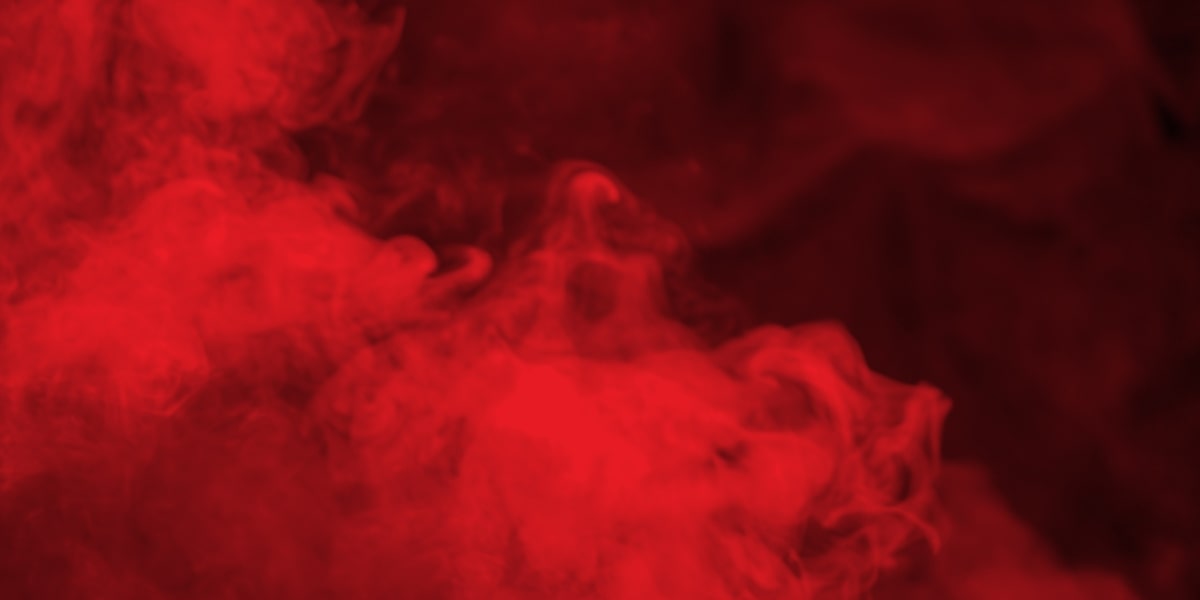The Problem with Ice and How Red Light Therapy Can Help
Ice has been a standard treatment for injuries and sore muscles for decades. Ice is part of the R.I.C.E. (rest, ice, compression, elevation) treatment that medical professionals, coaches, and athletes use to relieve pain from an injury.
New evidence shows that icing an injury is not as effective at promoting healing as we originally thought—ice may even slow the healing process. In fact, the doctor who coined RICE no longer promotes it. On his website, Dr. Gabe Mirkin says that coaches had used his “RICE” guideline for decades, but now it appears that ice may actually delay healing, instead of promoting it.
Red light therapy, on the other hand, can help heal damaged tissue more effectively—and faster. Health professionals now use red light therapy to treat a wide variety of conditions, from acne to back pain to bone defects. Researchers are now finding that red light therapy may be better at treating many conditions than are some conventional treatments—such as icing.
The Problem with Ice
Swelling, or inflammation, causes pain and stiffness. Applying ice immediately after an injury reduces swelling, which can help ease pain and stiffness—which is good in the short term. However, reducing inflammation may actually inhibit the body’s natural healing process.
Inflammation is part of the body’s immune response to harmful stimuli, such as bacteria or viruses, toxic compounds, or cells damaged in an injury. In athletes and in everyday people, overuse, improper training, slips, and collisions can cause injuries. When damaged during an injury, body cells produce chemicals that cause blood vessels to leak fluids into the tissue, which results in swelling. This fluid prevents bleeding, removes any toxins, bacteria, or foreign bodies away from the injury site, and reduces the risk of infection. The inflammation also initiates the healing process by introducing growth factors, nutrients, and enzymes that help body tissues repair themselves.
Ice Slows Inflammation, but Not in a Good Way
The problem with ice is the very thing that made it seem so useful in the past—it slows inflammation. While slowing inflammation relieves pain and stiffness right away, it may actually prolong discomfort by delaying healing.
In the decades since Dr. Mirkin coined the term R.I.C.E, researchers have been busy studying the benefits of using ice after an injury. In one study, published in BMJ, researchers reviewed the results of several studies to find out if ice reduced pain, reduced swelling, improved function, or helped the injured person get back to normal activities. Only one study supported the use of a cooling gel; the others either came to no conclusion or found that modest cooling reduced inflammation but prolonged cooling was damaging. The researchers concluded their review by saying there was no clinical evidence that cooling improved the outcome of soft tissue injuries. Other reviews support their findings.
Red Light Therapy
Red light therapy takes a different approach to treatment, one that offers short-term relief from the pain and stiffness of soft tissue injuries while supporting long-term healing of these tissues.
Red light therapy, also known as photobiomodulation (PBMT), uses a specific wavelength of red light that penetrates skin to reach injured tissue below. The damaged cells of the injured tissue absorb this light. Once inside the cells, the red light stimulates the function of mitochondria, also known as the “powerhouse” of the cell. Mitochondria convert the chemical energy of food in the cell into a form of energy the cell can use to function. In this way, red light therapy helps body cells work more efficiently.
Red Light Therapy Reduces Inflammation, but in a Way that Promotes Recovery
Red light therapy provides short-term relief from pain and stiffness by reducing inflammation, but in a way that promotes healing rather than hindering it. PBMT stimulates the formation of new blood vessels in the treated area, for example, which allows the body to deliver the growth factors, nutrients, and enzymes that body tissues need for recovery. Red light therapy also increases the presence of helpful fibroblasts and collagen that provide structure for tissue and play a critical role in wound healing.
Other research shows that red light therapy can trigger immediate improvement in microcirculation, which is the circulation of the blood in the smallest blood vessels. Microcirculation is the “business end” of the circulatory system, as it delivers blood cells, growth factors, nutrients, and enzymes to the cells of the body.
Reducing inflammation and stimulating healing processes simultaneously can help reduce pain quickly and over the long-term. Research shows red light therapy can relieve pain from a variety of musculoskeletal disorders, such as Achilles tendinitis, low back pain, and osteoarthritis. Other research even shows that red light therapy can help get athletes back in the game faster. In short, research shows red light therapy is an effective way to promote wound healing.
For more information on how red light therapy is superior to ice, consult with a photobiomodulation provider or other health professional. Using the right treatment at the right time can help you heal faster and feel better sooner.

